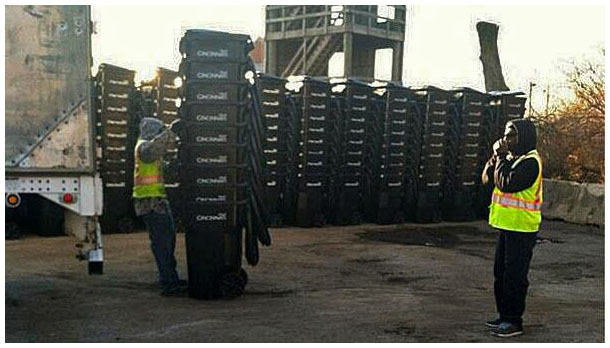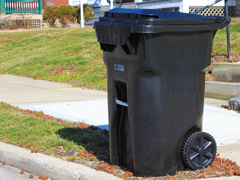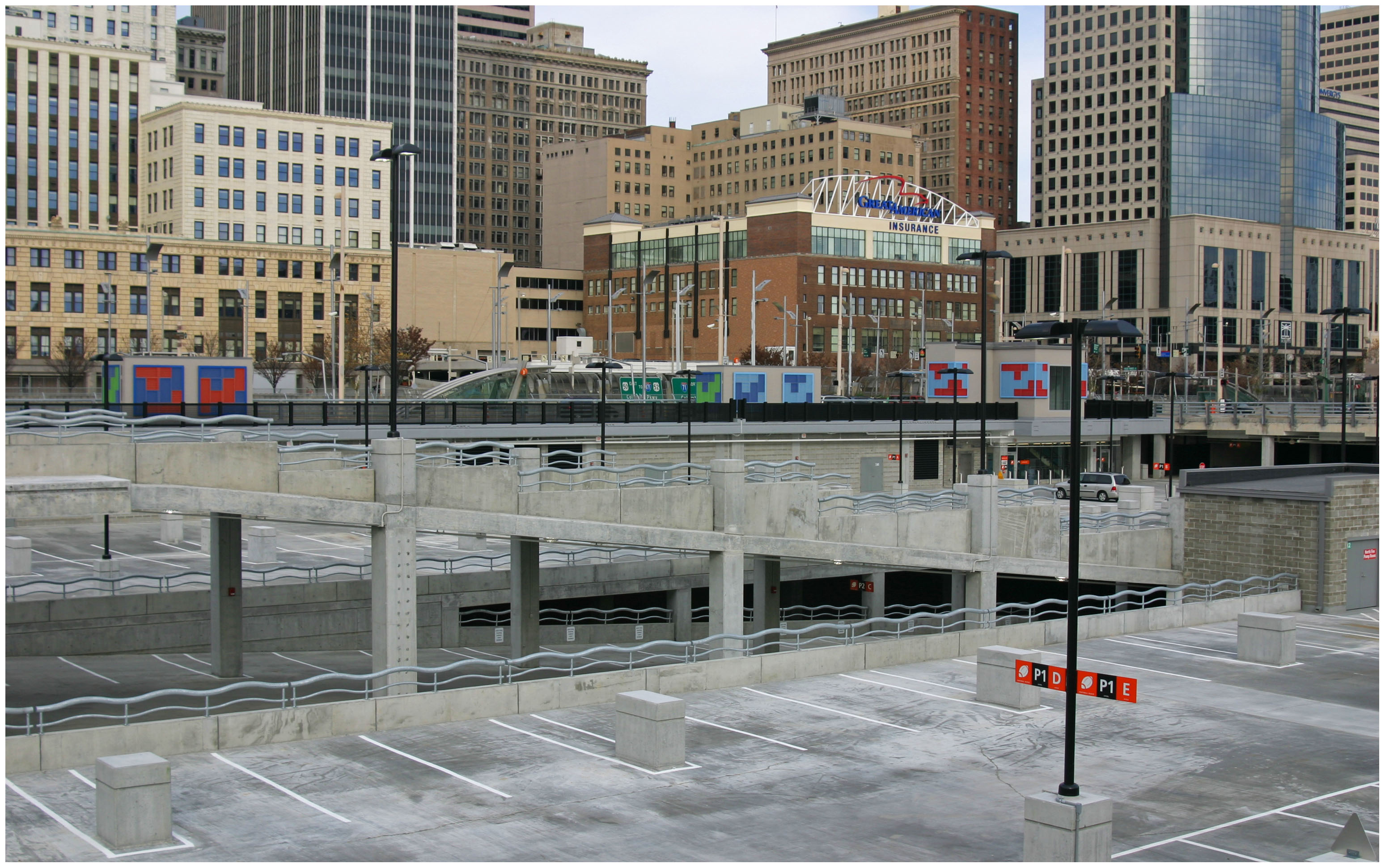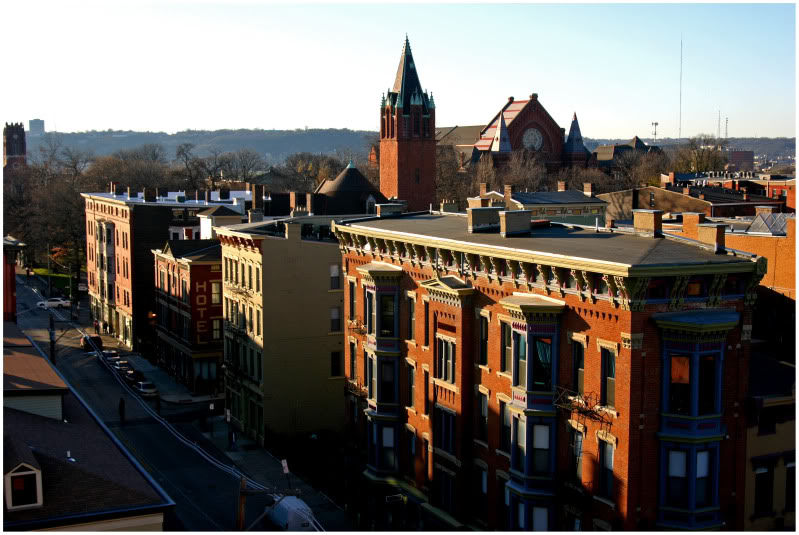The City of Cincinnati will phase in a new system of trash collection, over the next few months, that city officials believe will ultimately save taxpayer money, increase worker safety and improve its trash collection efficiency.
For most people trash collection is a matter of setting out a trash bin, either in front of a building or in an alley, and the next day city trash collectors come and haul the trash away. This will continue to the be standard practice as the city moves forward with its new system, but the way the trash collectors come and haul the trash away will change.
Instead of using manual labor, automated toters will be used to pick up trash from new larger trash bins. The new carts will be the same type of 65-gallon bins that are currently used for city recycling, which has been experienced better-than-expected success since being introduced in October 2010 in conjunction with RecycleBank.

New trash carts have been received by the City of Cincinnati and will start being distributed today. Image provided.
“By implementing standardized trash carts, Cincinnati joins cities across America that have seen tangible benefits to modernizing their trash collection systems,” Cincinnati City Manager Milton Dohoney stated in a prepared statement.
Dohoney has been proposing ideas to modernize the city’s approach to collecting trash for several years in an attempt to reduce annual operating costs largely driven by worker injuries due to heavy lifting. City officials say that the new semi-automated system will eliminate the need for trash collectors to lift the trash cans, and thus improve overall safety.
Dohoney’s efforts over the past several years also included the proposal to levy a trash collection fee in order to help balance out the costs to operate the city’s large trash collection program. This proposal, however, went to the ballot box in November 2011 and voters banned the City of Cincinnati from being able to levy such a fee by a slight margin.
The new program enhancements will start rolling out today, and city officials say that more than 90,000 households are due to receive the new 65-gallon, black trash bins between now and August.
The trash bins will be delivered according to the day of trash pick-up with Mayor Mark Mallory (D) personally delivering the first one this morning to a homeowner in West Price Hill. Those with Monday trash pick-up should be receiving their new bins this month.
While city officials expect the new semi-automated system to save taxpayer money in the long-run, they also hope to experience even greater savings as they transition to one-person collection crews.
“Trash carts will help create a safer work environment, and that means we save taxpayers’ money by reducing costly injuries,” said Michael Robinson, Director of the Department Public Services. “They’re also going to help keep Cincinnati’s neighborhoods cleaner because of the attached lids and wind-resistance.”
Even though most residences will benefit from the new service, the City says that it will not be able to extend the new method to commercial and multi-family buildings with five or more units. In a response to a resident complaint, Larry Falkin, Director of the Office of Environmental Quality, explained that the change is due to multi-family buildings being run by either out-of-town property owners or by condominium associations that typically contract out for their own trash collection services.
“Many people want to receive services from government, and many people do not want to financially support government. Government can not increase services, or even maintain services, with declining revenues,” stated Falkin.
While the demands on manual labor will decrease as a result of the new system and transition to one-person crews, city officials note that those individuals will be transitioned to perform other city services.





